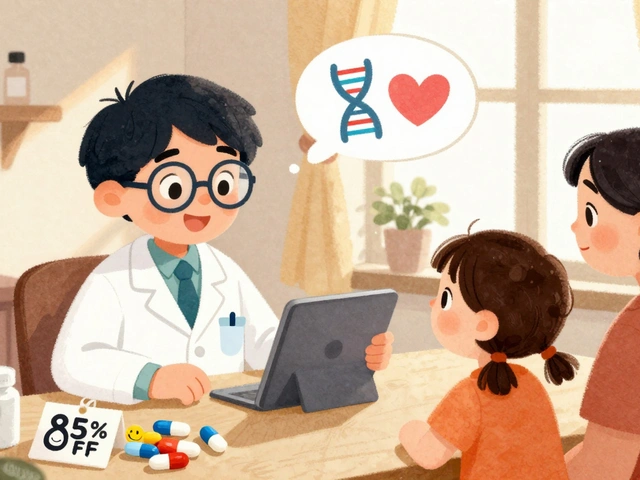Herpes: Quick, Practical Guide to Symptoms and Care
Herpes is common and comes in two main types: HSV-1 (usually oral) and HSV-2 (usually genital). Both can cause painful blisters, burning, or tingling. If you’ve just noticed sores, or if you keep getting them, this page gives clear, useful steps — what to expect, what helps, and when to get medical help.
Spotting an outbreak and what helps fast
First episodes can be worse than later ones. Typical signs: tingling or burning, then small blisters that break and scab. Fever and swollen glands can happen with the first attack. If you catch a new outbreak early, start care right away. Antiviral pills work best within 48–72 hours of the first symptoms. These medicines shorten the attack and ease pain.
At home you can also use simple measures: keep the area clean and dry, avoid tight clothing, use a cold compress for pain, and take over-the-counter pain relievers if needed. For oral sores, a salt water rinse helps. For genital sores, avoid lotions with fragrances and try loose cotton underwear until healing happens.
Treatment options and preventing spread
Doctors often prescribe antivirals such as acyclovir, valacyclovir (Valtrex), or famciclovir. If you have frequent outbreaks, daily suppressive therapy can lower how often sores appear and cut the chance of passing the virus to partners. There are also topical creams for mild outbreaks, but pills tend to work better for stopping the virus.
Want to lower risk to partners? Don’t have sex during active sores. Use condoms between outbreaks — they reduce but don’t eliminate risk because sores can be outside the covered area. If you and your partner plan for pregnancy, talk to a doctor before conceiving; herpes around delivery can be dangerous for newborns. Pregnant people with recurrent genital herpes usually get special care and sometimes antiviral medicine near delivery to reduce the chance of an active outbreak at birth.
Testing is straightforward: swab a fresh sore for accurate results, or do a blood test for antibodies if there’s no sore. If you’re unsure what’s causing your symptoms, see a clinician — skin conditions can look similar, and proper diagnosis matters for treatment.
Triggers for recurrences are often stress, illness, sun exposure, or weakened immunity. Simple steps like using lip sunscreen, getting enough sleep, managing stress, and keeping other infections in check can lower outbreaks. If your outbreaks change in pattern or get worse, see your provider — medicines or a check for other health issues may be needed.
If you want help finding treatment options or figuring out next steps, talk to a pharmacist or doctor. They’ll guide you on safe antivirals, alternatives to Valtrex if needed, and practical ways to reduce symptoms and protect partners.




